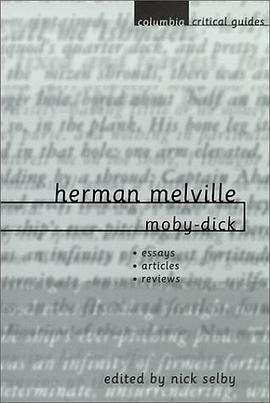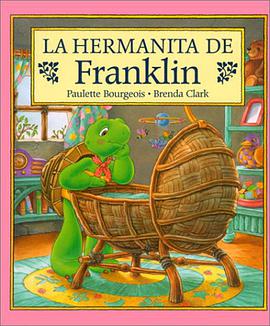

具体描述
Class Struggle and the Adamic Imagination in Herman Melville: In Europe, after 1848, bourgeois consciousness in revolt sought a new universal in the working class but soon found itself in the orbit of the state civil service; in America, bourgeois consciousness in revolt found a new universal in what Melville called "antemosaic" reality, Queequeg, embodied in the multiracial working class, the "Anacharsis Cloots deputation," in radical antithesis to the state. Herman Melville (1818-1891) came to this perspective in the feverish production of six novels of the sea, culminating in Moby Dick, in the 1846-1851 period. As the whaling ship Pequod was destroyed by Moby Dick, the Indian harpooner Tashtego nailed a red flag to the mast, also catching the wing of a sky-hawk, with its "imperial beak." The 1848-1850 conjuncture in the Atlantic world witnessed the birth of communism (Marx), modern art (Courbet, Flaubert), the end of classical political economy, and the formulation of the entropy law, or Second Law of Thermodynamics. Their simultaneity was not accidental, and Melville's work echoes each of them. 1848, in Europe, had been the year of the eruption of "the dangerous classes"; in America, it marked the end of interclassist Jeffersonian-Jacksonian populism, over the slavery issue. The link between communism, modernism, neoclassical economics and the Second Law of Thermodynamics is the beginning of the "dissolution of the object" in the "dream worlds" of a new mass consumption. This study attempts to situate Melville's works in this convergence.
作者简介
目录信息
读后感
评分
评分
评分
评分
用户评价
相关图书
本站所有内容均为互联网搜索引擎提供的公开搜索信息,本站不存储任何数据与内容,任何内容与数据均与本站无关,如有需要请联系相关搜索引擎包括但不限于百度,google,bing,sogou 等
© 2025 book.wenda123.org All Rights Reserved. 图书目录大全 版权所有




















